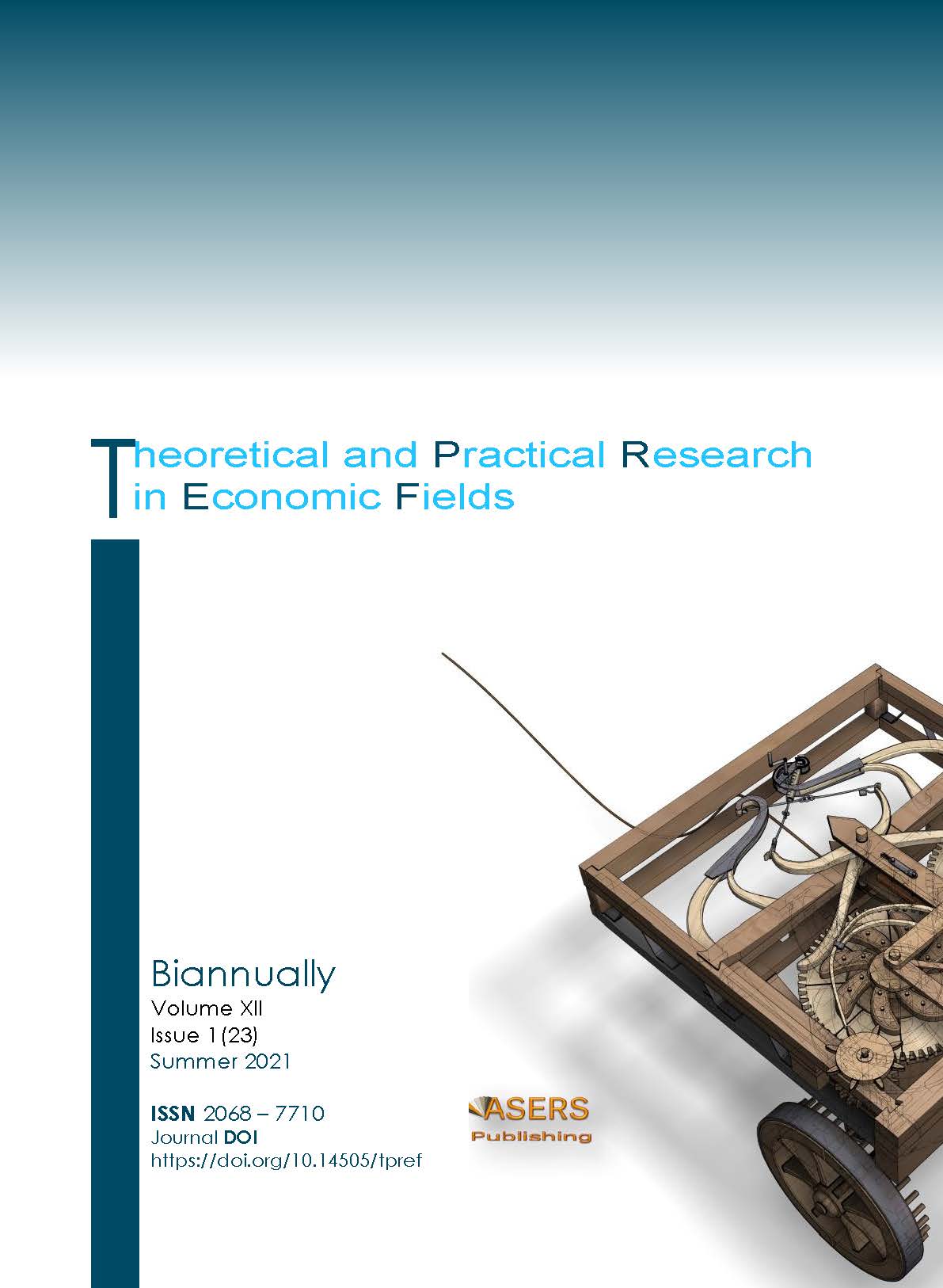AGE AND GENDER - SPECIFIC EXCESS MORTALITY DURING THE COVID-19 PANDEMIC IN HUNGARY IN 2020
AGE AND GENDER - SPECIFIC EXCESS MORTALITY DURING THE COVID-19 PANDEMIC IN HUNGARY IN 2020
Author(s): Csaba G. TóthSubject(s): Economy, Human Resources in Economy, Socio-Economic Research
Published by: ASERS Publishing
Keywords: 10.14505/tpref.v12.1(23).06
Summary/Abstract: The excess mortality indicator is able to capture how an epidemic affects a country’s mortality processes, taking into account direct and indirect, as well as possible effects in different directions. From the point of view of mortality processes in Hungary, the main feature of the first months of 2020 was that seasonal flu claimed fewer victims than in previous years, for this reason we examined last year’s excess mortality for the period between weeks 12 and 52 related to the coronavirus epidemic using a stochastic mathematical model. According to our calculations, excess mortality related to the coronavirus epidemic in Hungary was 13,700 people in 2020, which means a 14% excess in the period under review. Eighty-six percent of those who died were over the age of 65, 10 percent were between the ages of 50 and 64, and the proportion of those aged 49 or younger was 4 percent. In almost all age groups, the excess mortality rate was nearly twice as high for men as for women. According to our calculations, excess mortality was roughly one and a half times the number of victims claimed by the epidemic in 2020 according to official statistics, and we also found a significant difference between the time course of the two indicators.
Journal: Theoretical and Practical Research in Economic Fields (TPREF)
- Issue Year: XII/2021
- Issue No: 23
- Page Range: 45-49
- Page Count: 5
- Language: English
- Content File-PDF

